
| Recorded by: David George, Jeff Niznik, Rob Van Epps, Kevin Metcalf on 2025-07-20
Richmond Co.
Comment: | 
| Recorded by: David George, Jeff Niznik, Stephen Dunn on 2024-08-02
Chatham Co.
Comment: |

| Recorded by: David George, Jeff Niznik, Patrick Coin, Steve Hall, Carol Tingley, Tom Howard on 2024-07-27
Chatham Co.
Comment: | 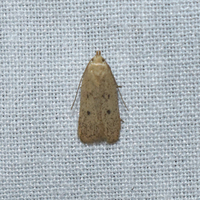
| Recorded by: David George, Stephen Dunn, Jeff Niznik, Patrick Coin on 2024-06-22
Chatham Co.
Comment: |
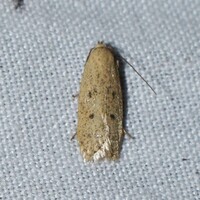
| Recorded by: David George, Jeff Niznik on 2024-06-01
Chatham Co.
Comment: | 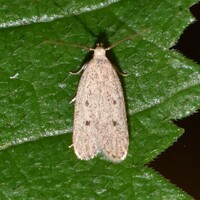
| Recorded by: David George, Stephen Dunn, Jeff Niznik on 2023-08-18
Caswell Co.
Comment: |
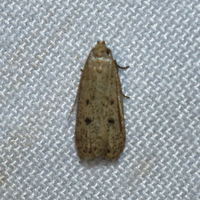
| Recorded by: David George, Stephen Dunn, Jeff Niznik on 2023-08-10
Orange Co.
Comment: | 
| Recorded by: Jeff Niznik on 2023-08-09
Durham Co.
Comment: |
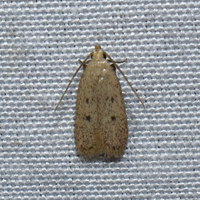
| Recorded by: David George, Stephen Dunn, Jeff Niznik, Rich Teper, Becky Watkins on 2023-07-29
Swain Co.
Comment: | 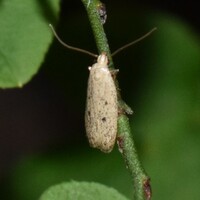
| Recorded by: Stephen Dunn, Jeff Niznik on 2023-07-26
Chatham Co.
Comment: |
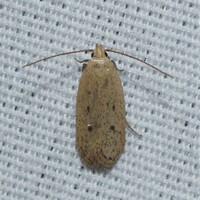
| Recorded by: David George, Steve Hall, Stephen Dunn, Jeff Niznik, Rich Teper, Becky Watkins on 2023-07-22
Orange Co.
Comment: | 
| Recorded by: Jeff Niznik on 2023-07-21
Orange Co.
Comment: |

| Recorded by: Jeff Niznik on 2023-07-20
Orange Co.
Comment: | 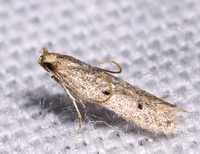
| Recorded by: John Petranka and Jim Petranka on 2023-06-14
Moore Co.
Comment: |

| Recorded by: John Petranka and Jim Petranka on 2023-06-14
Moore Co.
Comment: | 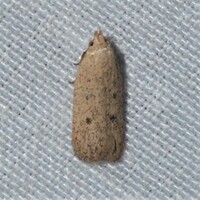
| Recorded by: Jeff Niznik on 2021-07-30
Wake Co.
Comment: |
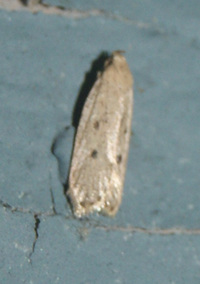
| Recorded by: Vin Stanton on 2021-07-11
Buncombe Co.
Comment: | 
| Recorded by: Steve Hall on 2020-07-16
Orange Co.
Comment: |
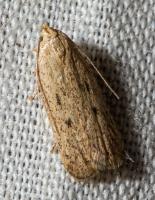
| Recorded by: Steve Hall on 2020-07-07
Orange Co.
Comment: | 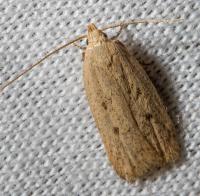
| Recorded by: Steve Hall on 2020-06-30
Orange Co.
Comment: |
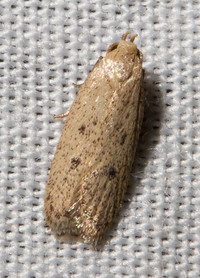
| Recorded by: Steve Hall on 2020-06-14
Orange Co.
Comment: | 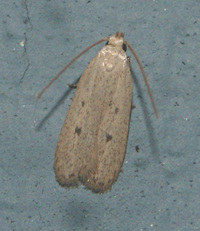
| Recorded by: Vin Stanton on 2019-07-30
Buncombe Co.
Comment: |
|

 »
»



 »
»

